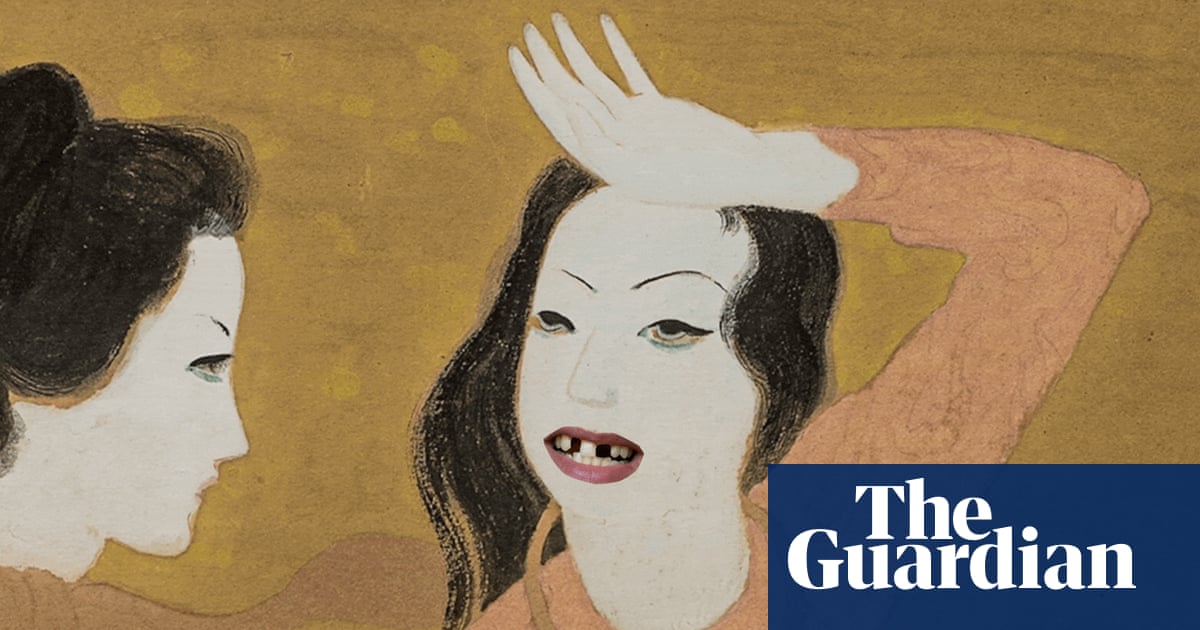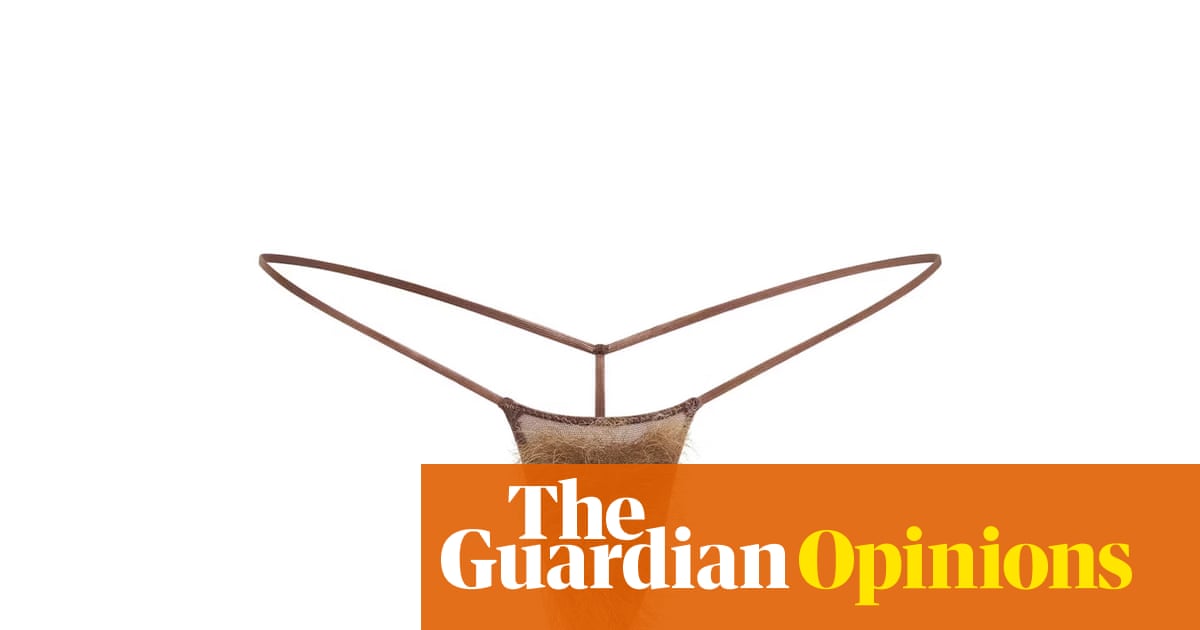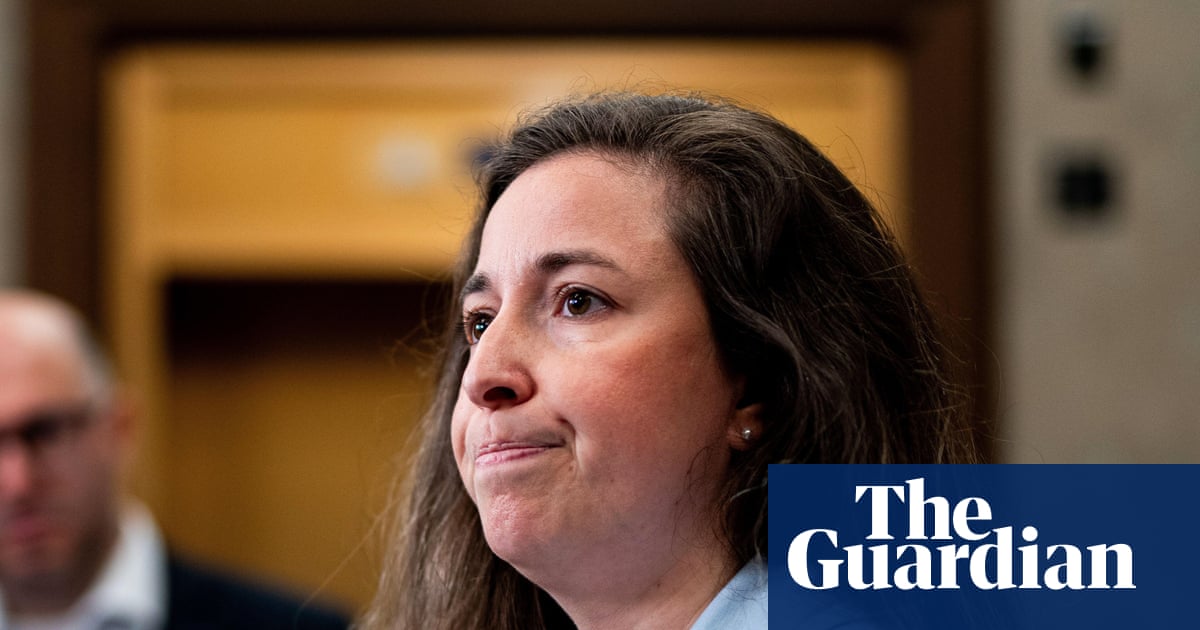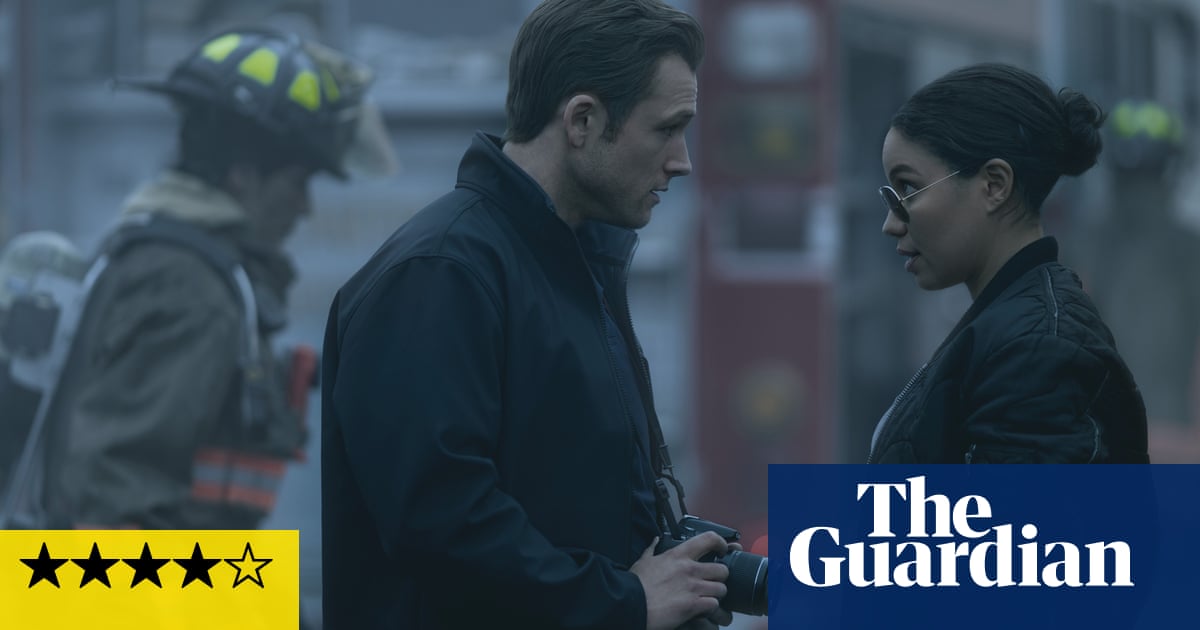The biggest jump-scare the film industry has had in 2025? The return of horror as a main player at the UK box office. As a genre, it has impressively outperformed previous years (a 22% year-on-year increase for the UK and Irish box office: £83,766,086 in 2025, compared with £68,612,395 in 2024).
“Last year, no horror film reached £10m at the UK or Irish box office. This year, five films have,” says Charles Gant, box office editor of Screen International. The big hits of the year – Weapons (£11.4m), Sinners (£16.2m), The Conjuring Last Rites (£14.98m) and 28 Years Later (£15.54m) – have all hung about the multiplexes and in the public consciousness. Although much of the industry commentary focuses on the singular brilliance of Zac Cregger’s Weapons and Ryan Coogler’s postmodern epic Sinners, their successes indicate something is shifting between audiences and the genre.
“I’ve heard people say, ‘Even if you don’t like horror this is a film you need to see,’” says Laura Wilson, head of acquisition at distributor Altitude. “Films like Weapons and Sinners play with genre and structure to create something completely different, and that speaks to an audience in a different way.”
But beyond artistic merit, the consistent popularity of spooky films this year suggests they are giving cinemagoers something that’s much needed: catharsis. “Right now, there’s a lot of anger, fear and division that’s being reflected in cinema,” says Mike Muncer, host of The Evolution of Horror podcast.
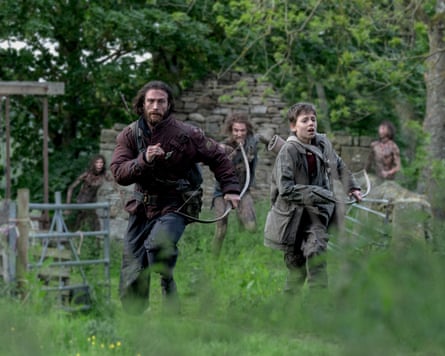
“Horror films are great at playing into people’s anxieties, while at the same time exaggerating them. So you forget about your day-to-day anxieties and focus on the monster on the screen,” says Christopher Frayling, author of Vampire Cinema and Frankenstein: The First 200 Years. Against a real-world news cycle of Gaza, Ice raids, the rise of the far right and climate catastrophe, witches, zombies and vengeful spirits resonate a bit differently with filmgoers. “I read somewhere that the success of vampire movies is linked to economically depressed times,” says Lola Kirke, one of the stars of Sinners. “It’s the idea that capitalism sucks the life out of people.”
Since the early days of cinema, social unrest has influenced the genre. Frayling points to the boom of German expressionism after the first world war and the chaotic atmosphere of the early Weimar Republic, with films such as The Cabinet of Dr Caligari and Nosferatu: A Symphony of Horror, followed by the 1930s depression and Universal Studios’ Frankenstein and The Wolfman. “The classic example is Dracula: you get this invasion of Britain by someone from eastern Europe who then causes this infection that gets spread in all sorts of ways and threatens the Anglo-Saxon heroes,” says Frayling. “So it reflects a lot of anxieties around immigration.”
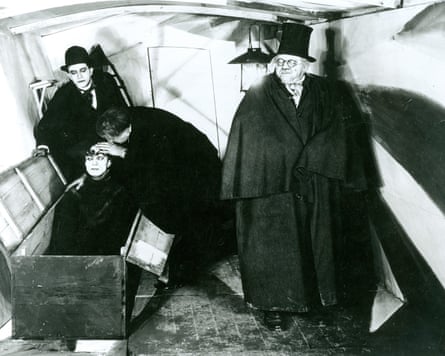
The boogeyman of immigration influenced the recently released folk horror The Severed Sun. Its writer-director Dean Puckett explains: “I wanted to explore ideas around the rise of populism. Firstly, slogans like ‘Let’s Make Britain Great Again’, that harken back to some fantasy time when things were ‘better’, but only if you were a rich white man. Secondly, the idea that you could be with someone you know and then suddenly they blurt out something round the dinner table or in a Facebook post and you’re like, ‘Where did that come from?’”
Arguably, the current era of acclaimed, socially switched-on horror began with Jordan Peele’s brilliant satire Get Out (2017), released a year after Trump’s first term. It ushered in a new wave of horror auteurs, including the likes of Ari Aster, Osgood Perkins and the Philippou brothers. “It was a hugely exciting time,” says Alice Lowe, whose film Prevenge (2016), about a murderous foetus, was one of the era’s tentpole movies. “I think it was the beginning of an era when people were opening up to doing a really bonkers horror film which had arthouse aspirations.” Lowe, who is writing a new horror original adds: “Over 10 years, audiences’ minds have been opening up to much more of that.”
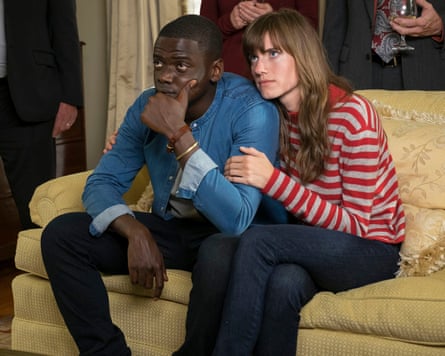
At the same time, there has been a reconsideration of the genre’s less celebrated output. Earlier this year, the Nickel Cinema opened in Clerkenwell, London, showing underground films such as The Greasy Strangler, The Fall of the House of Usher and the 1989 remake of Dr Caligari. The re-appreciation of this “rough and rowdy” genre is, according to Nickel Cinema founder Dominic Hicks, a direct reaction to the algorithmic content pumped out at the box office. “It’s a reaction to the sanitised product that’s coming out of Hollywood. You have a film scene that’s more tepid and more predictable. A lot of the Marvel and Netflix films are very similar,” he says. “In contrast [the films shown at the Nickel Cinema] are a bit broken. It’s like they’ve erupted out of someone’s subconscious and been planted out there without corporate interference.”
Horror films continue to upset the establishment. “They have this strange ability to seem old fashioned and up to the minute, both at the same time,” Frayling says. Alongside the re-emergence of the mad scientist trope (two adaptations of Mary Shelley’s Frankenstein or The Modern Prometheus are imminent), he predicts we will see horror films in 2026 and 2027 reacting to our current anxieties: about AI’s dominance in the near future and “vampires living in the Trump tower”.
Meanwhile, “Jesus horror” The Carpenter’s Son – which tells the story of Mary and Joseph’s struggles after Jesus’s birth, and stars Nicolas Cage and FKA twigs as the holy parents – is set for release later this year, and will certainly send a ripple through the Christian right in the US. Puckett is already hard at work on his next film. “It’s a short horror film based on the time a Reform MP came to our door and chatted to us,” he says. Its title? “It’s called Fuck Face.”

 3 hours ago
7
3 hours ago
7
